Judging by the photo above of Nemours Mansion and Gardens, where do you think I am? France? Germany? Italy, perhaps? You’d be forgiven for thinking so. But I’m actually in Delaware. That’s right. The First State and the home of tax-free shopping has a magnificent mansion that draws on European influences.
Nemours Mansion and Gardens was the home of Alfred I. du Pont. The massive estate is today open to the public. It’s quite a remarkable home with impressive gardens. In fact, they are the largest formal French gardens in North America. And that’s before you consider that the estate isn’t in Europe and, really, isn’t all that old. It’s a taste of Europe’s royal golden age that is hard to find on this side of the Atlantic.
About Alfred I. du Pont
You are likely already familiar with the du Pont name. Today the multi-billion dollar chemical company is known for developing such everyday polymers that we take for granted like nylon, Teflon and Lycra. But the company’s origins go all the way back to its founding in 1802 as a gunpowder mill by E. I. du Pont.
By 1902 the company was in transition. Following a death in the family, the company was taken over by three of E. I.’s great-grandsons: Alfred I. du Pont, Pierre S. du Pont and T. Coleman du Pont.
Needless to say, the du Pont family have left their mark on the Brandywine Valley area. In addition to the business-side of things, they also lived and played in this area along the Pennsylvania-Delaware state border. Pierre’s legacy is his estate, Longwood Gardens. Another cousin, Henry Francis, established a home that has become Winterthur Museum, Garden and Library. And Alfred’s estate is Nemours.
Nemours Mansion
Alfred I. du Pont built Nemours Mansion and Gardens in 1909-1910 as a gift to woo his second wife, Alicia. By all accounts, she was fond of him but not in love. However, it was du Pont’s third and final wife, Jessie, who made this house a home, so to speak.
The mansion has nearly 47,000 square feet on five floors. Visitors today can explore three of the floors: the basement, the ground floor and the second floor. Tours are self-guided but there are staff members throughout the estate. In addition to being very friendly, I found them to be very knowledgeable on the general history of the home as well as individual artifacts and aspects on display.
While the home has valuable, impressive works of art nearly everywhere you turn, the home doesn’t feel overly indulgent given du Pont’s wealth. The home and furnishings are impressive and lavish but it’s also clearly a home that they enjoyed. It wasn’t merely a museum. The fact that the reception hall is the largest room in the home is a statement in and of itself.
The Basement
The basement served chiefly as du Pont’s recreation area. There are pool tables, a full-size bowling alley as well as a duckpin bowling alley directly next to it. There’s an exercise room with the then-latest equipment. Du Pont also solved that age old question that we all have: where to put the cigar you’re smoking while you exercise? The room has hooks to hold a cigar and a box of matches. Problem solved.
And then, tucked at the end of the corridor, is his office. The windowless room features many important mementos — including a silver cup presented to him by the black powder workers when he was unceremoniously voted off du Pont’s board.
The basement floor also houses the mechanical rooms. These are accessible only through guided tours which are offered throughout the day.
The First Floor
The first floor, where you enter the house, is the general living and entertaining space of the family. It’s collection of art on display is remarkable. High quality, valuable works of art, including one by Canaletto. Also notable is an 18th century Louis XVI clock that plays music using a dulcimer and pipe organ. Many are genuine antiques from Europe that du Pont or his wife purchased. When du Pont couldn’t get the antiques he wanted, he would have replicas made. Such is the story with the wood paneling in the library.
Visitors can explore the rooms of the house that the family likely didn’t spend as much time in, such as the kitchen and butler’s pantry. It’s worth noting that du Pont’s ingenuity can be seen here, too. He specifically had cork flooring installed in rooms where there would be a lot of standing, such as these rooms as well as the billiard’s room in the basement.
The first floor is a mix of lavish formal rooms, more casual (relatively speaking) rooms and some of the staff area.
The Second Floor
Upstairs is bedroom after bedroom and bathroom after bathroom. Each bedroom has its own personality and character. But the one thing they have in common is a lovely view overlooking different portions of the gardens. Several of the rooms even feature balconies.
Nemours Gardens
Visitors familiar with Versailles (or King Ludwig II’s imitation-is-the-sincerest-form-of-flattery Herrenchiemsee) will see hints of the lavish palace throughout Nemours’ gardens. If French antiques aren’t your thing then how about Russian or English? The grounds feature 18th century gates from Wimbledon Manor , as well as some from the Empress of Russia’s palace.
But it is the manicured gardens extending directly out from the mansion that are the most attractive. Unfortunately, during my visit the reflecting pool was under construction. However, I was still able to admire “Achievement,” a 23-karat gold leaf larger-than-life sculpture by Henri Crenier.
But the sunken gardens, with their massive and elaborate fountains are the hidden treasure. One moment you’re standing level with the gardens along the colonnade, looking up towards the mansion. Then you descend onto remarkable fountains, grottos and a lake that cover a very large area of ground. It’s a lovely place for reflection. The sunken gardens were designed by Alfred’s only son, architect Alfred Victor du Pont.
From the sunken gardens, the path extends all the way to the end where Diana the Huntress awaits you in her temple. From her perch you get a great view back up the property to the mansion.
There are other special secrets hiding on the property beside the ones in the formal gardens. Pathways crisscross the grass and act as an invitation to explore. It’s a wonderfully green and wooded garden with plenty of birds and squirrels.
Estate Buildings
In addition to the mansion and gardens there are other buildings on the property to explore. In particular, the chauffeur’s garage isn’t to be missed for auto enthusiasts. There are vintage cars as well as a cart and motorboat on display. As with the house, there’s an extremely knowledgeable member of staff in the garage.
Getting Around Nemours Mansion and Gardens
Even today, Nemours has quite a bit of property. What was once 3000 acres is today “only” about 300. Visitors are able to explore nearly every inch on foot. I always find walking to be the best way to see a nice location. Exploring the gardens on foot was the best way to see things and explore. The majority of the gardens can be reached within a ten minute walk of the mansion.
However, the Visitors Center and parking lot are not “on” the estate. In order to get from the Visitors Center to the estate, visitors must take a shuttle bus. If, once on the estate, you’re not too keen on walking, there are shuttle bus stops throughout the property. There are also shuttle bus tours, like that of the garden, so that you can really get a view of everything quickly and easily.
The shuttle bus is very convenient, not least because it’s air conditioned and the summer months are hot and humid. However, it’s a bit frustrating to have to wait for a bus to take you off the property when you’re ready to leave and you can see the gate. Despite standing at a designated shuttle bus stop, I found I had to wave the shuttle down to get it to stop. However, it’s really a minor inconvenience.
The Visitor Center offers an approximately twenty minute long video introduction to Alfred I. du Pont, his family and Nemours. The video is very interesting and provides a great deal of background information before visiting the mansion and gardens.
Getting There
A visit to Nemours is a lovely escape. It’s part time travel to yesteryear and part long-haul trip to Europe. But Alfred I. du Pont blends his many influences in a particularly American way.
Nemours Mansion and Gardens are open from May through early January. Located off Route 141, the site is easily accessible via I-95, routes 52 or 202. There is parking at the Visitor Center.
Thank you to Nemours Mansion and Gardens for providing complimentary admission! All opinions, as well as all photos, are my own.
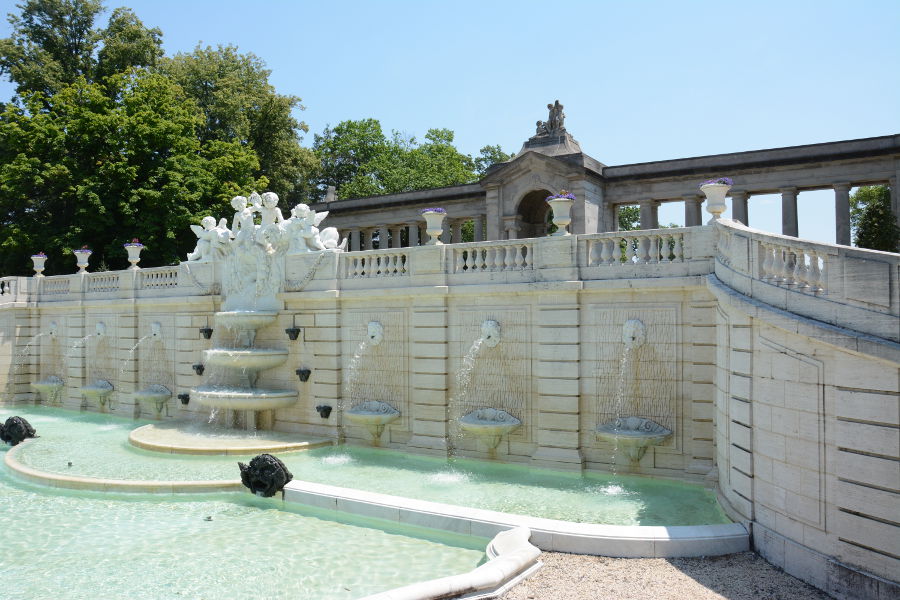
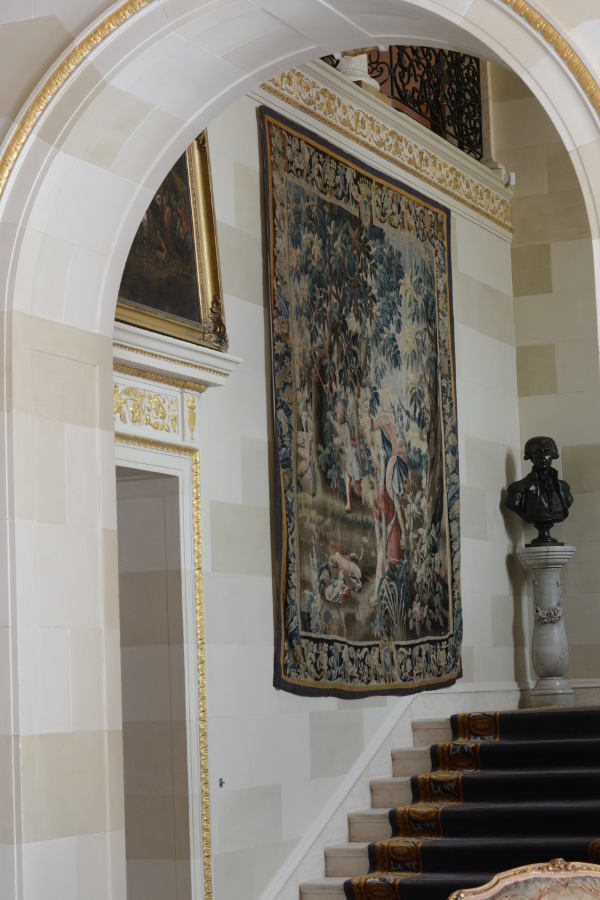
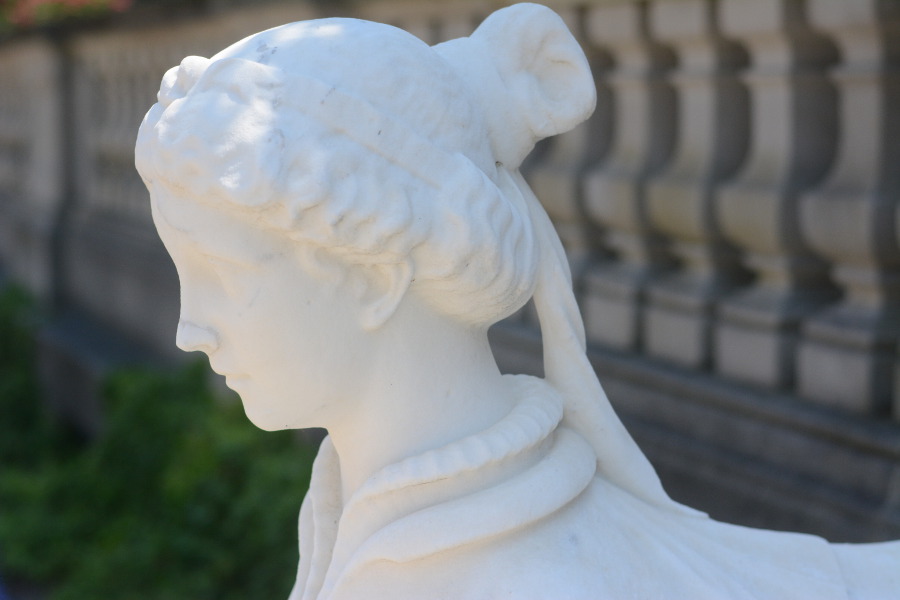
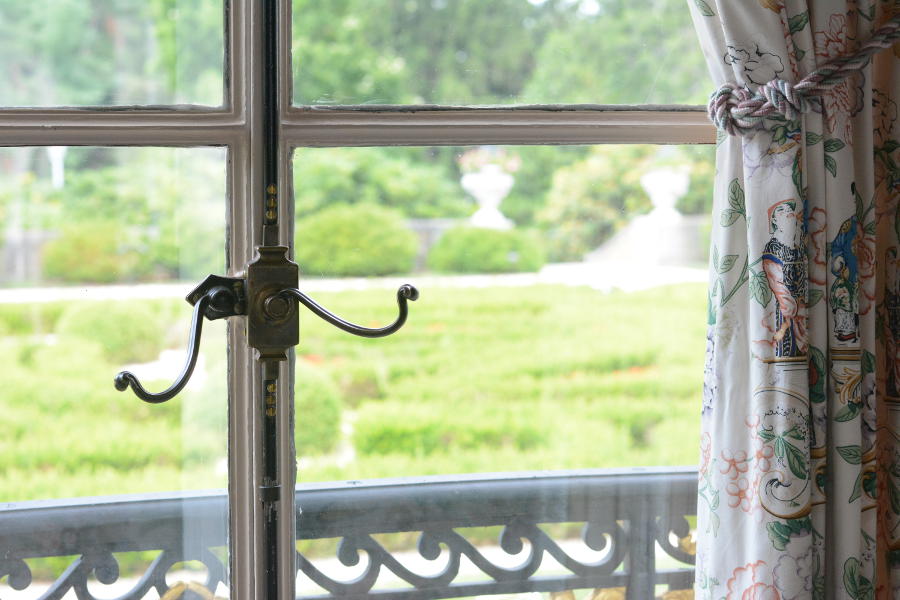
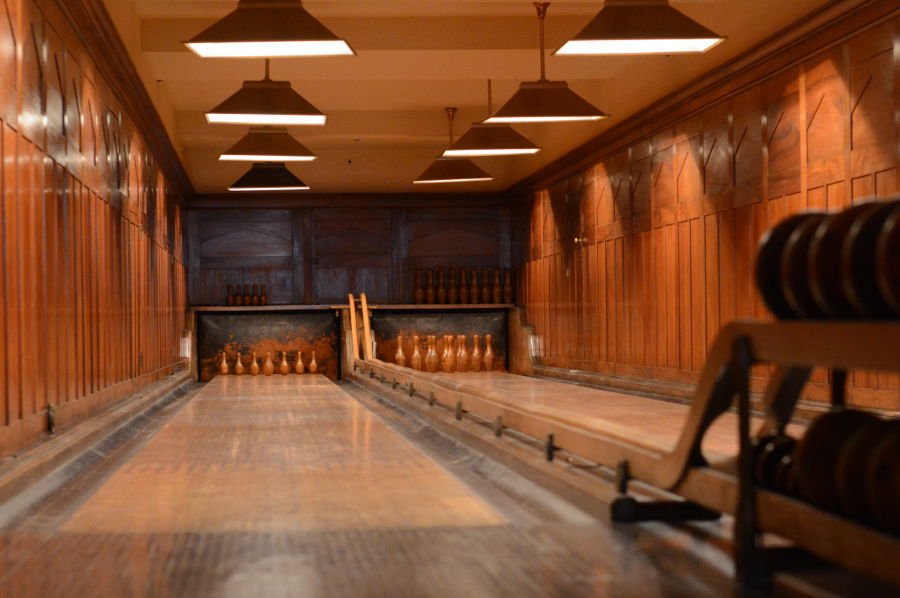
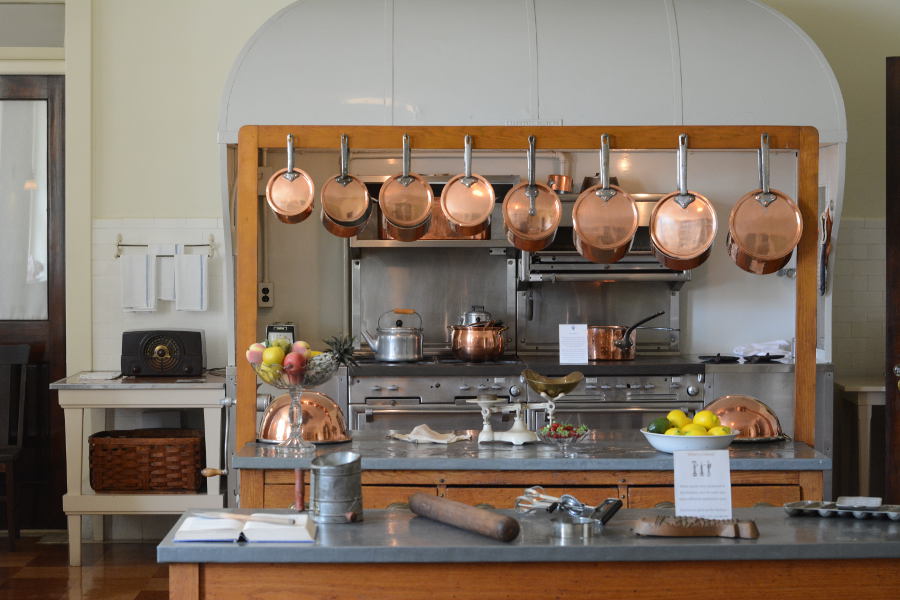
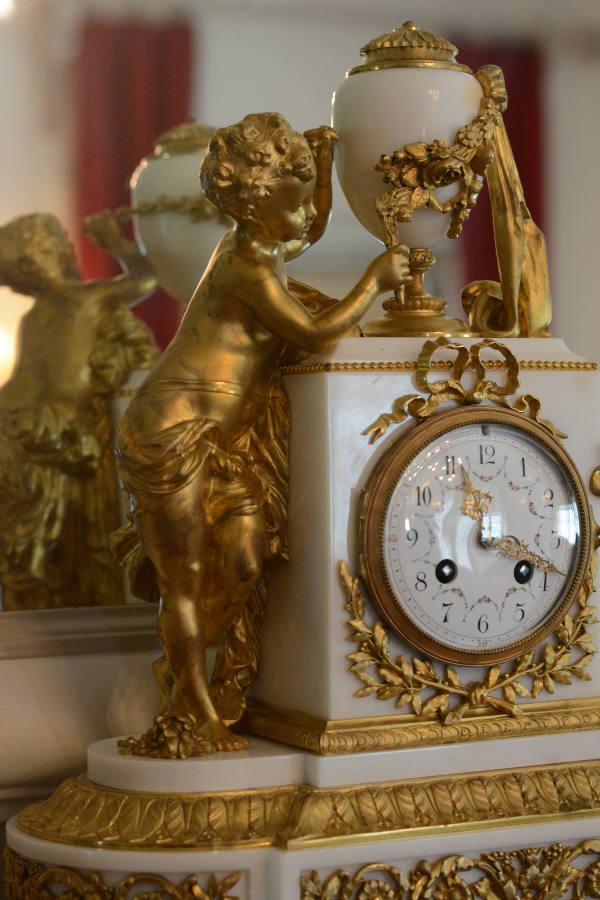
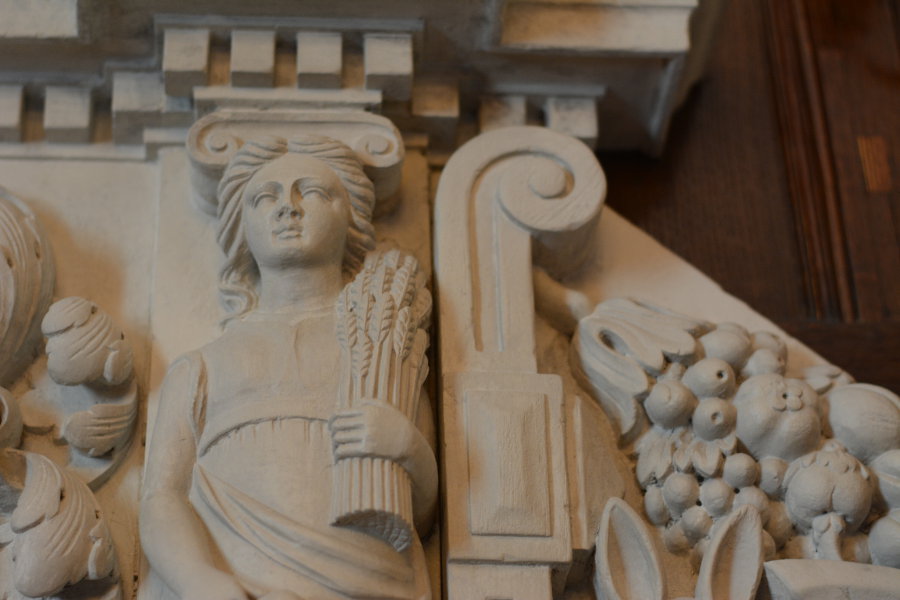
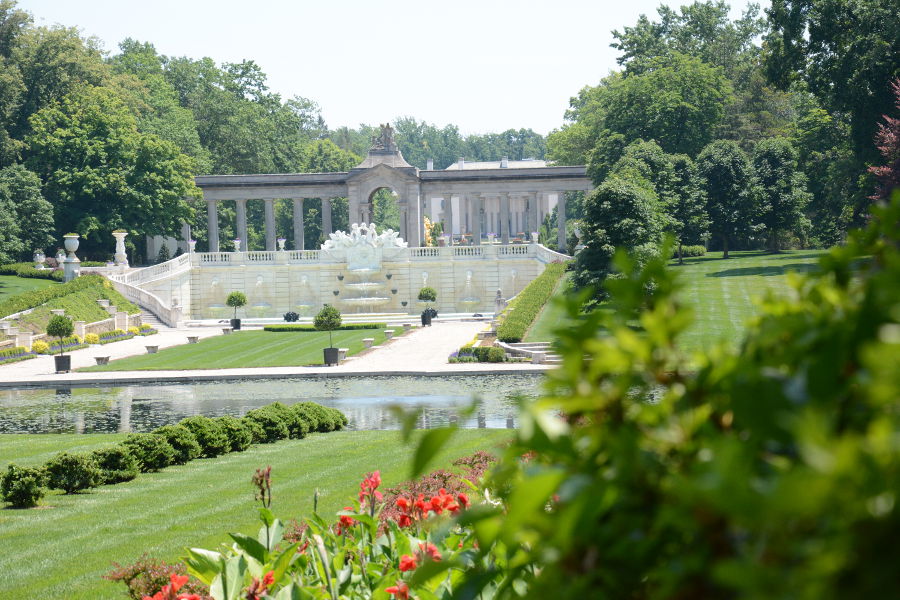
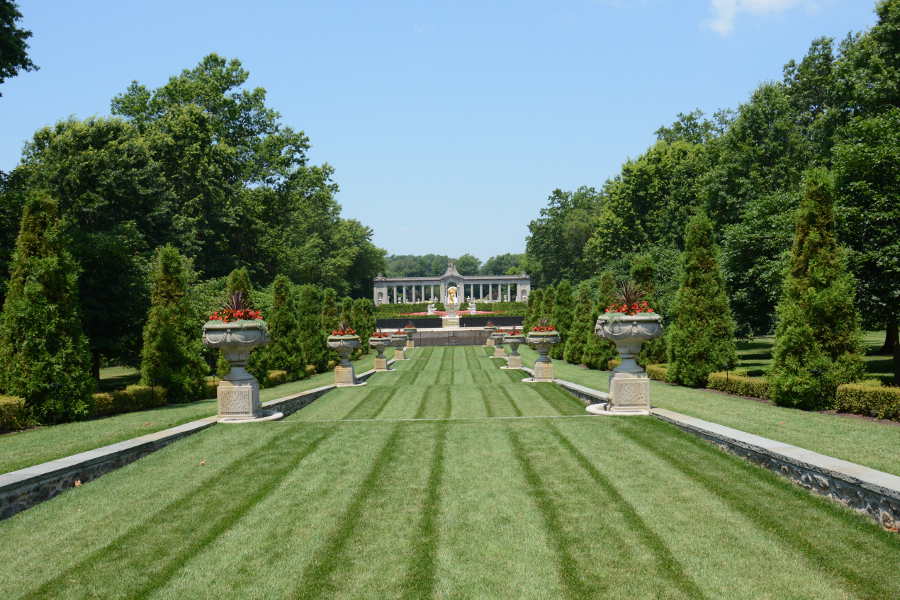
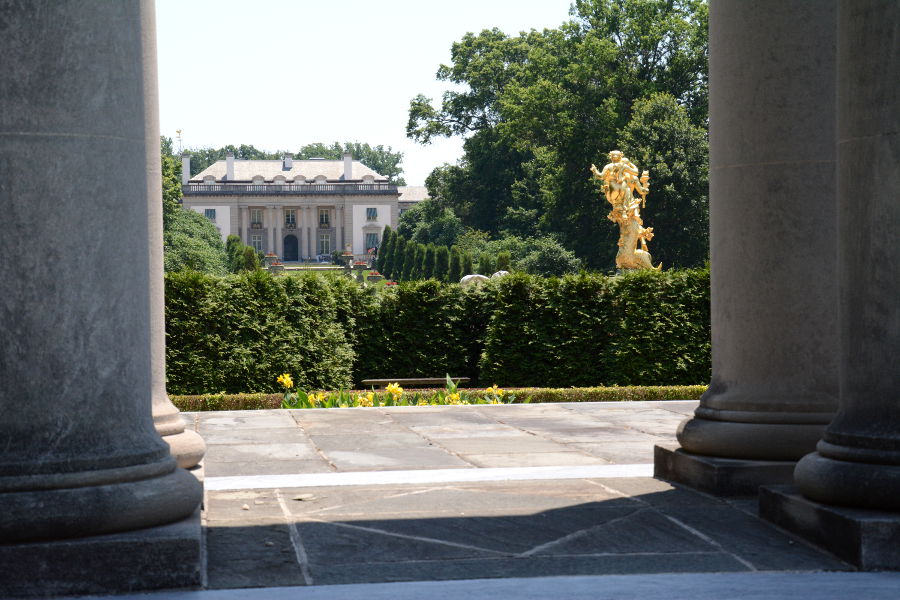
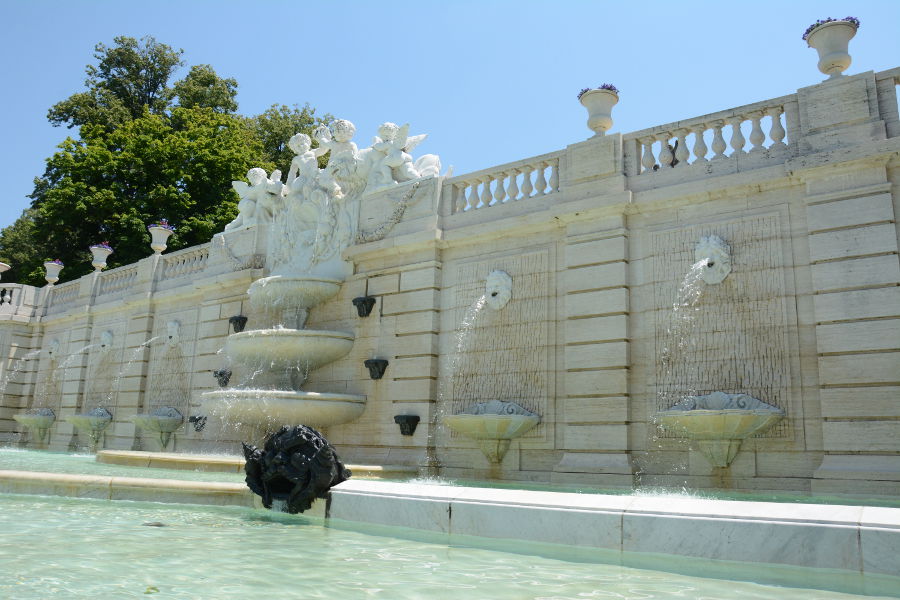
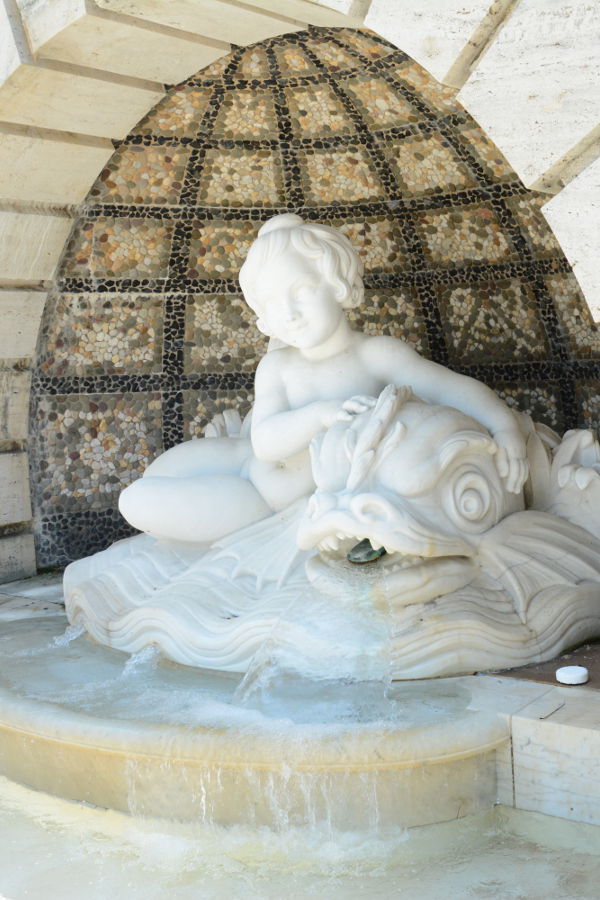
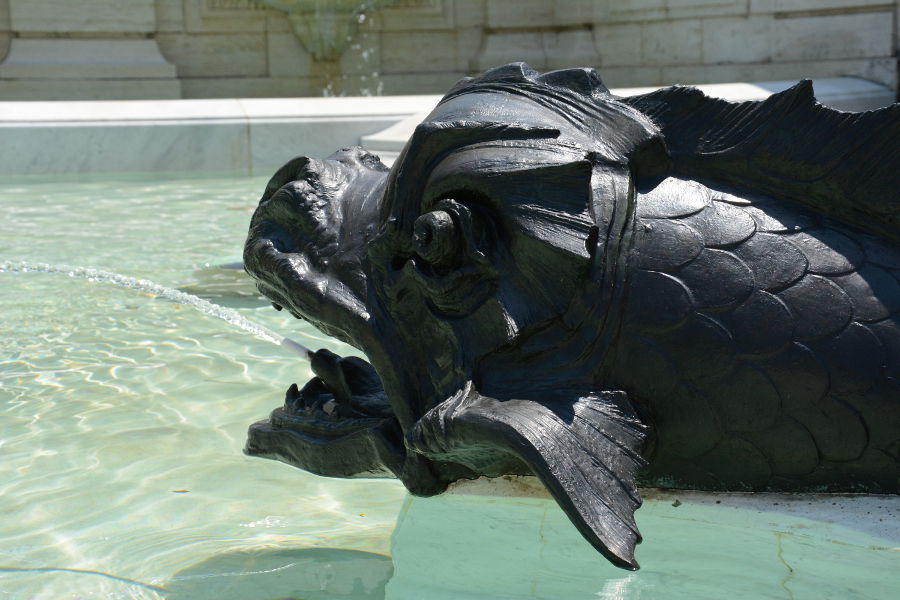
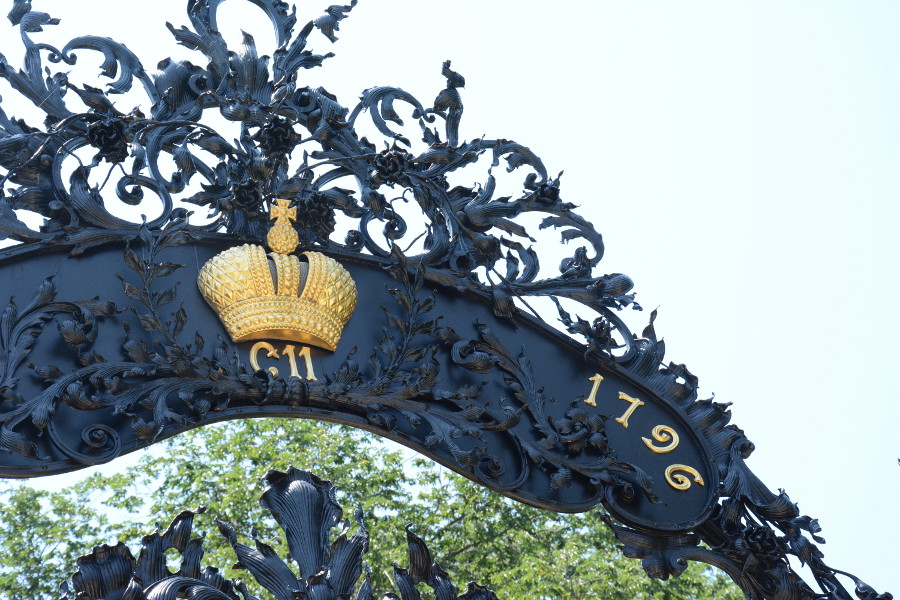
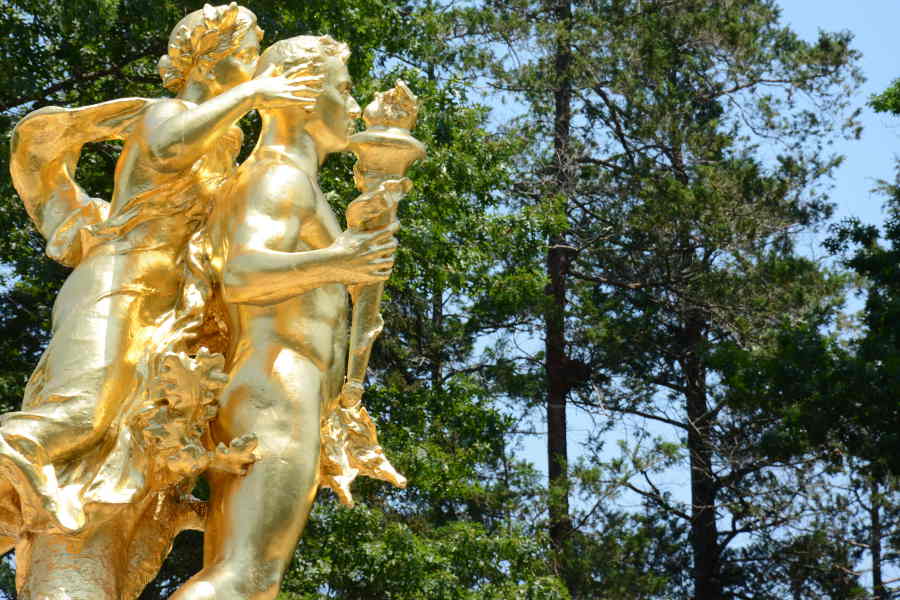
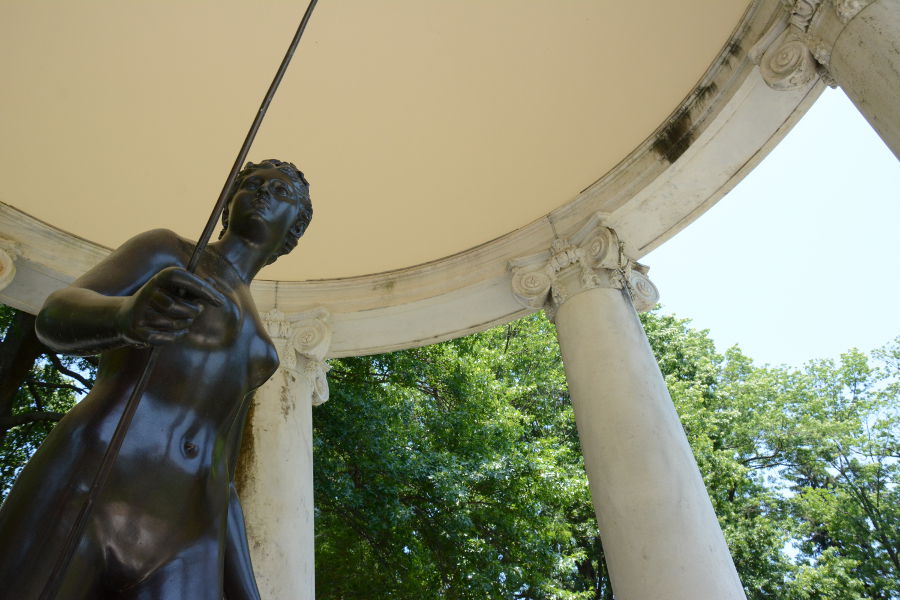
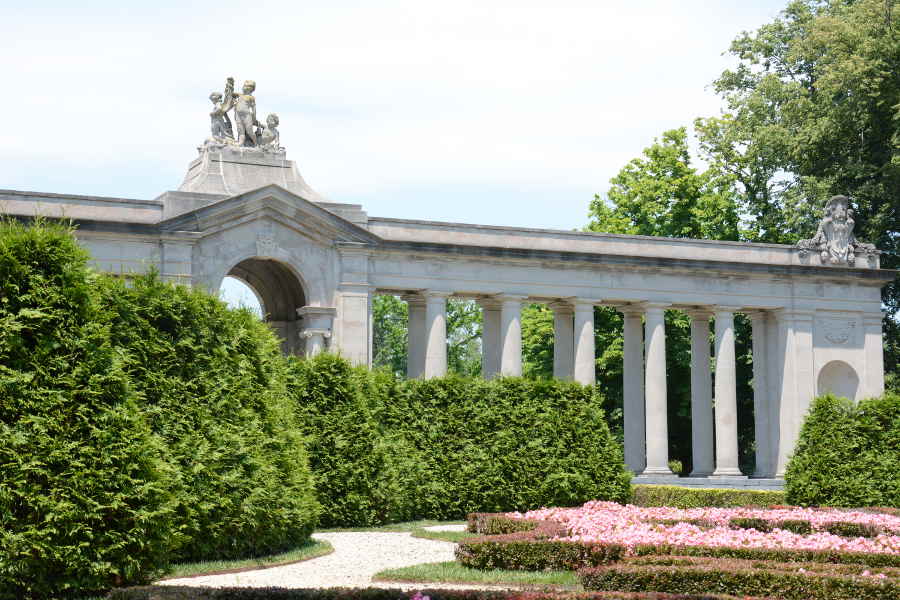
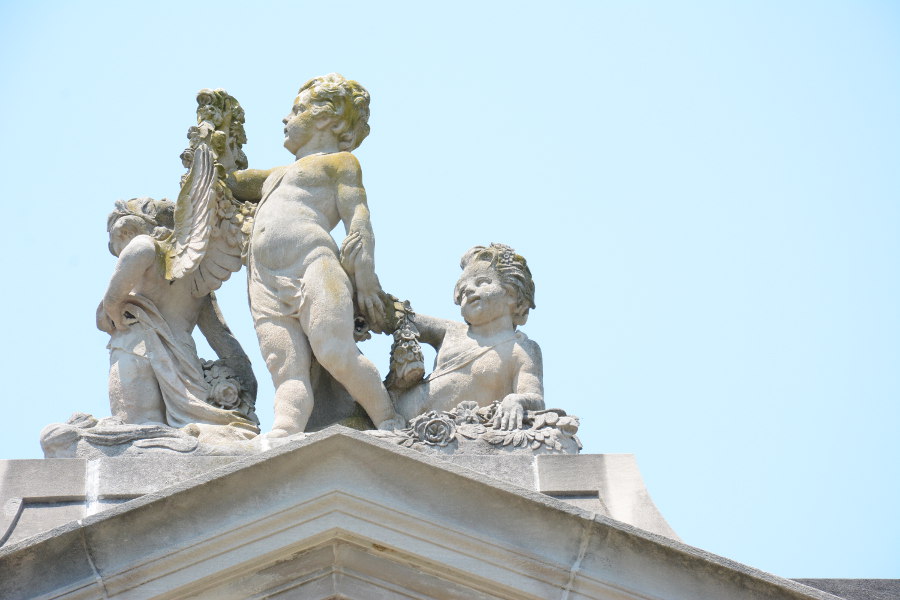
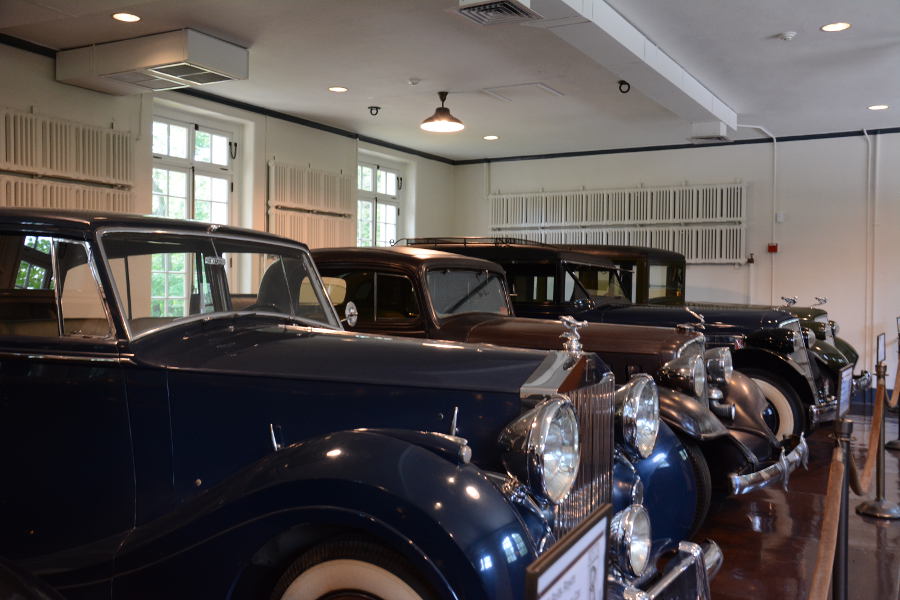
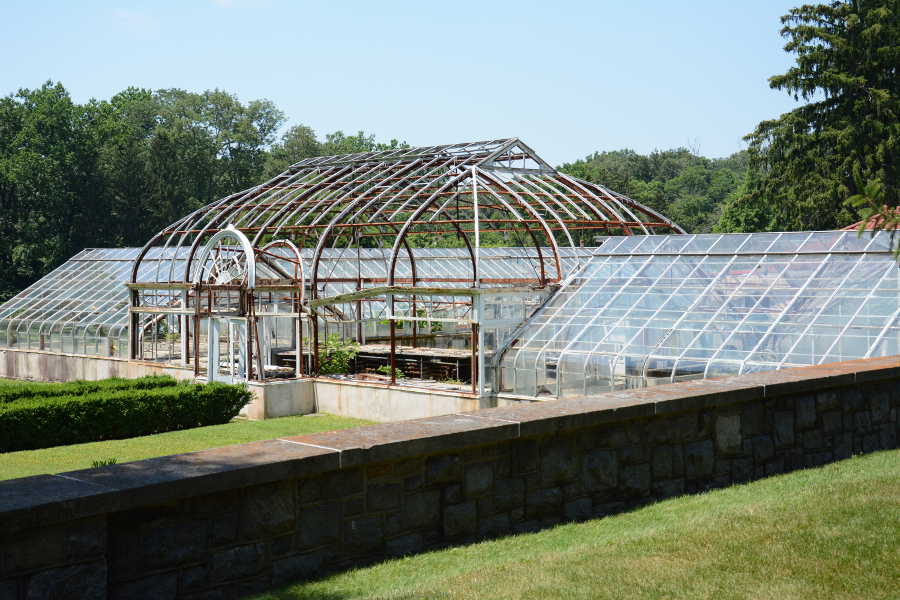
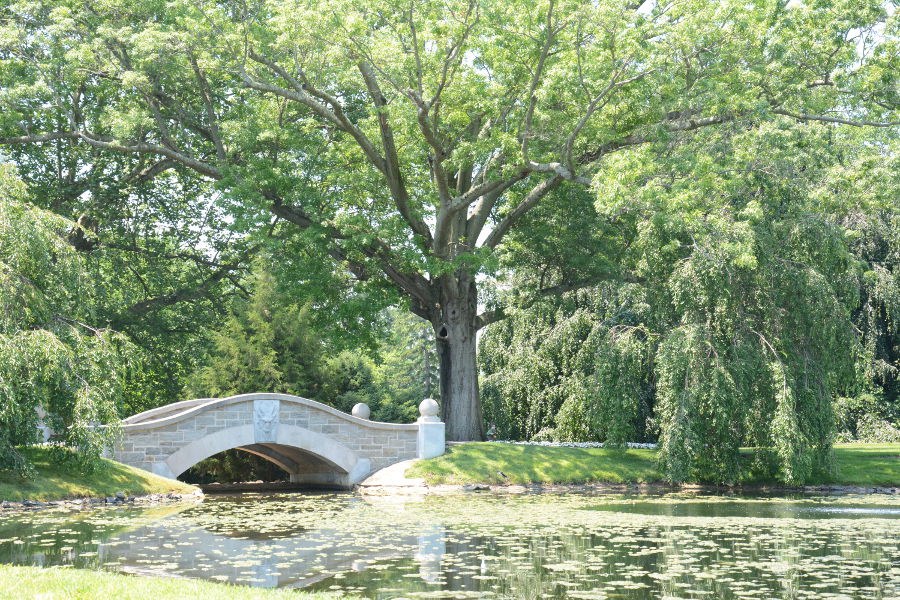
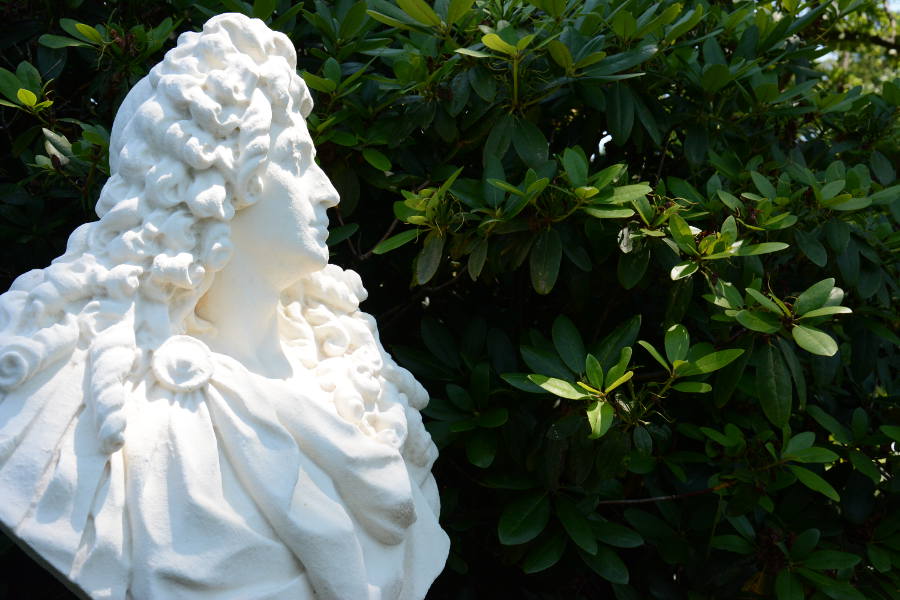
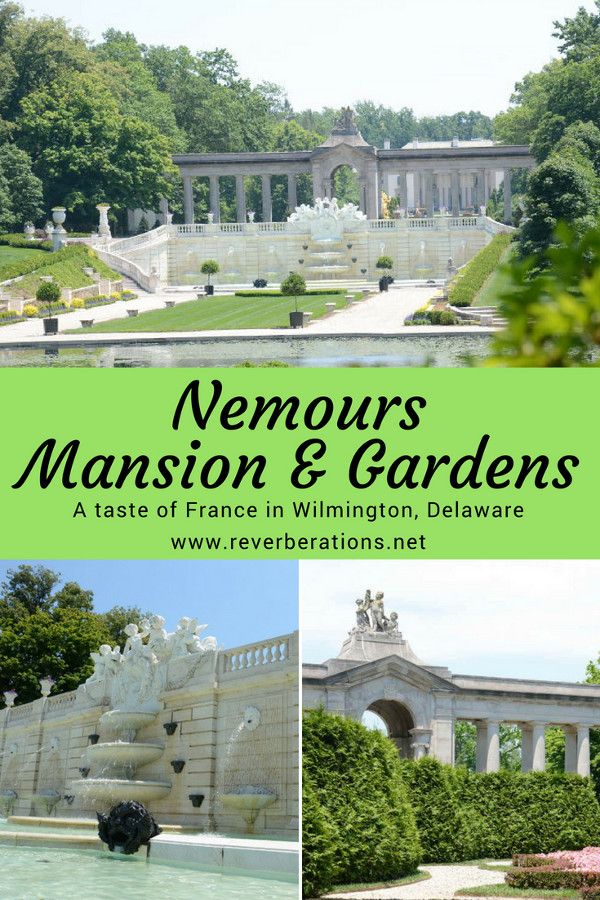
Thanks for this reminder. I really need to get over to Delaware and see this. I’m a gardens fanatic and architecture nerd and this looks like the perfect outing.
It’s really worth it. The gardens you kind of have to see to believe. Simply beautiful!